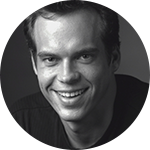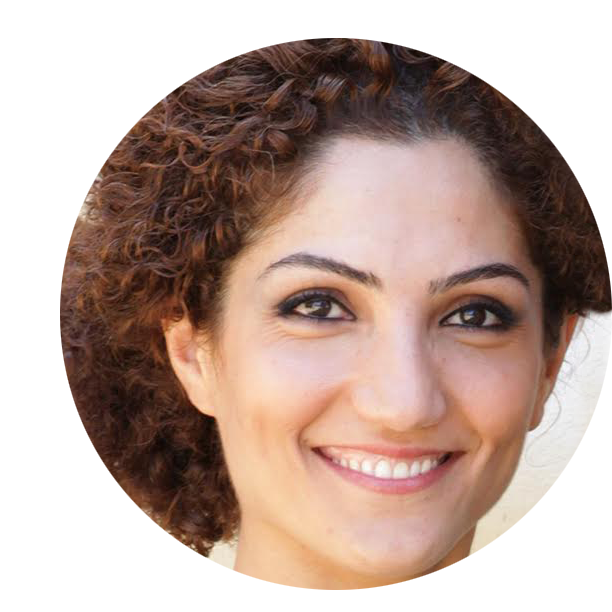Pathophysiology and Design for Cardiovascular Disease
Overview

Pathophysiology and Design for Cardiovascular Disease is a one quarter, project-based introductory seminar for freshman and sophomores. Focusing on heart disease, students in this seminar will learn about the multi-factorial problems contributing to the leading cause of death in the US, along with how to apply design thinking to innovate in the context of the US healthcare system.
To solve the major problems, such as cardiovascular disease, that threaten human health, future physicians, social and biological scientists, and engineers must work together. Bridging these diverse areas will require thinkers who can understand human biology and also think broadly about approaching such challenges.
Working in teams, and individually, students will learn-by-doing key steps in the Biodesign process for need-driven health technology innovation, with focus on needs definition, clinical need research, concept generation, and early-stage concept development. Every two weeks, the focus will shift to different problems in four of the most important areas of cardiovascular disease: coronary disease, arrhythmia, valvular disease, and heart failure.
Class sessions will include a combination of short interactive lectures, seminar-style discussions, and lots of time doing collaborative group work. Teams will present on their project during each session, either with the full class or with an instructor, to get feedback.
Enrollment is managed through the Introductory Seminars website.
| Course title | ||||||||
|---|---|---|---|---|---|---|---|---|
| Pathophysiology and Design for Cardiovascular Disease | ||||||||
|
||||||||
|
||||||||
| Learning goals | ||||||||
|
What the Students Are Saying…
“Through this course, I discovered my interest in Biodesign and designing medical devices.”
“This is a good course for people interested in the process associated with building and bringing a medical product to market. Getting to hear from experts in their respective fields was cool. All of the instructors are super knowledgeable.”
“Loved that there was lots of time in class to work with team members and the teaching team. The flipped classroom approach + interactive classroom experience worked really well.”
Course Leaders
 Ross Venook Senior Lecturer, Bioengineering
Ross Venook Senior Lecturer, Bioengineering Paul Wang Professor, Cardiovascular Medicine
Paul Wang Professor, Cardiovascular Medicine Evan Anderson Co-Instructor
Evan Anderson Co-Instructor Meghedi Babakhanian Co-Instructor
Meghedi Babakhanian Co-Instructor
